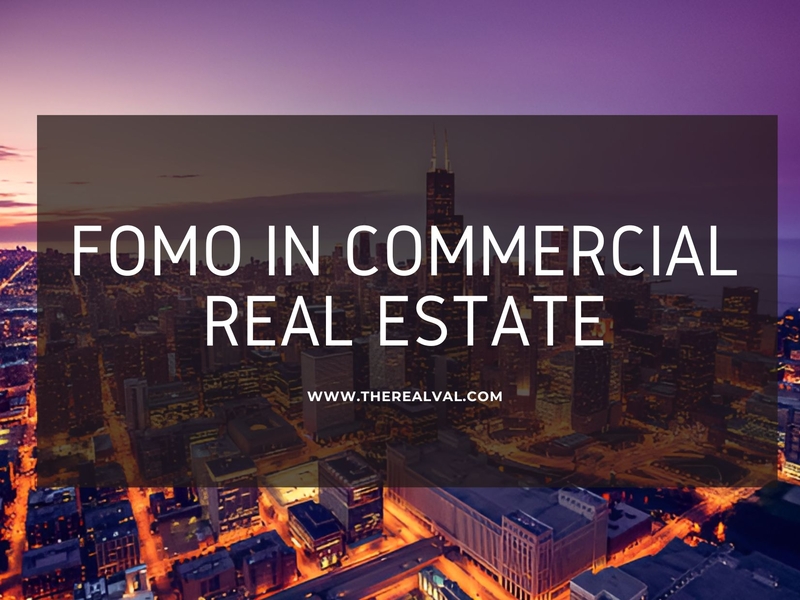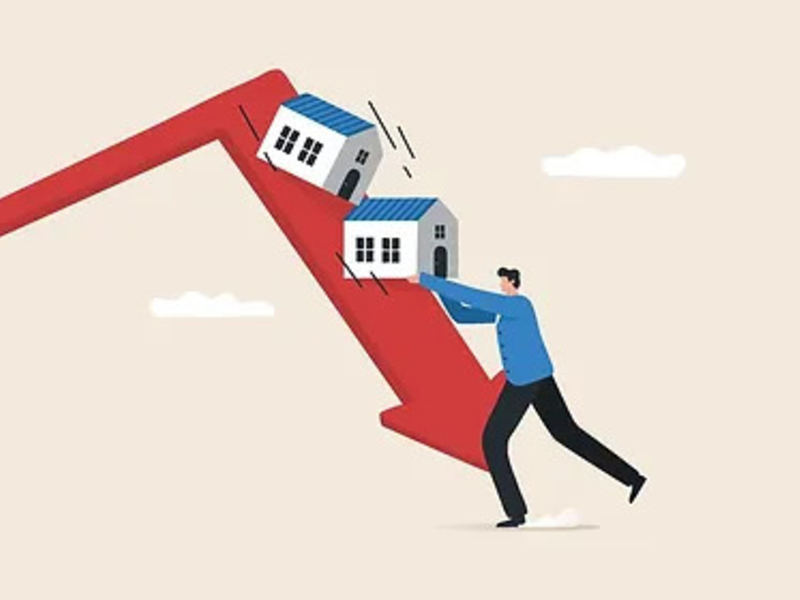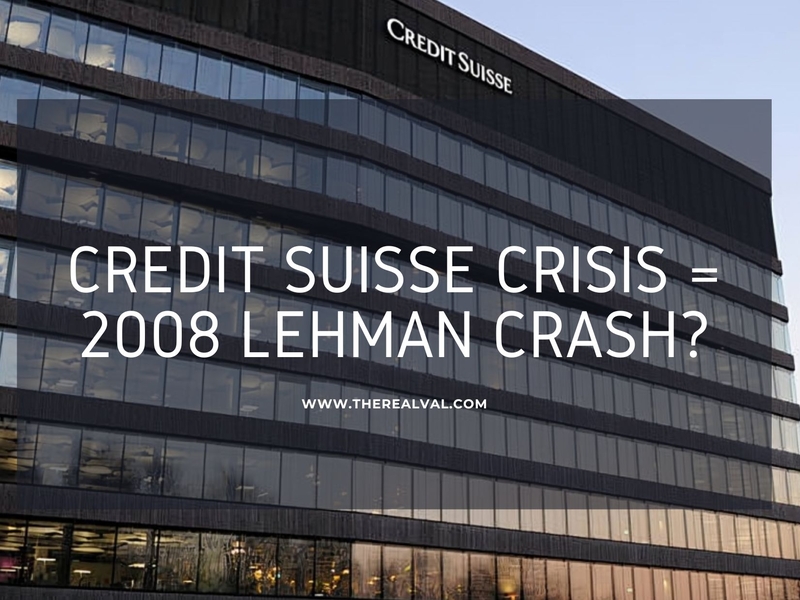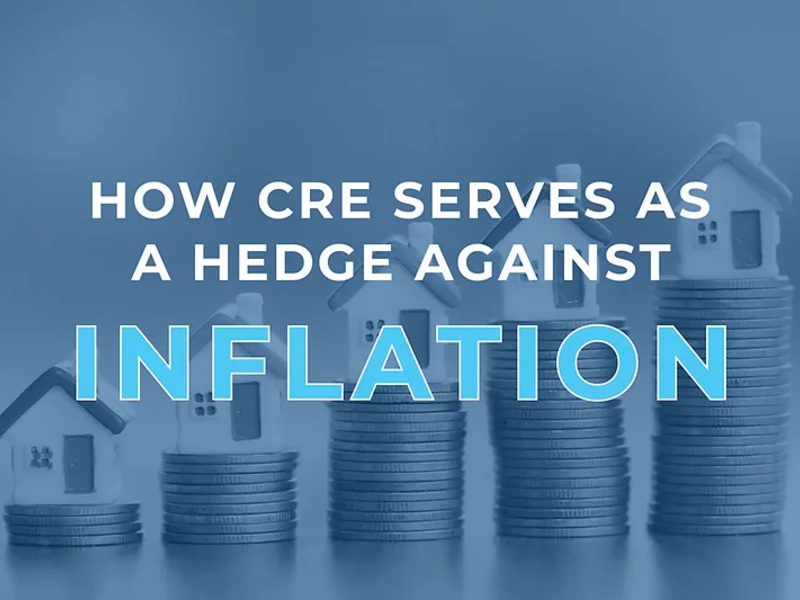In today’s fast-moving commercial real estate world, deals are much more than just cap rates, prime locations, or solid lease terms alone. More and more, they’re being driven by something else: FOMO- the infamous Fear of Missing Out. As investors look to boost returns, spread risk, or break into high-growth markets, a sense of urgency is often intentionally manufactured. This results in faster decisions, fiercer bidding wars, and sometimes, sky-high prices.
In this article, we dive into how FOMO is carefully engineered in competitive CRE markets, and why it’s so effective.
In commercial real estate, FOMO describes the pressure investors and developers feel to jump on a deal before it slips away, especially when there’s a promise of high returns. This mindset can spark bidding wars over trophy assets, push buyers to overpay for already stabilized properties, or lead them into unfamiliar markets just because it seems like everyone else is diving in.
Sometimes, it even results in rushed underwriting with less-than-ideal due diligence. While CRE professionals are generally more data-driven than residential buyers, however, emotion and urgency still find their way into decisions; particularly in hot markets or fast-paced sectors.
How is FOMO registered in Commercial Real Estate Market?
- Off-Market Teasers and Whisper Listings: One of the biggest FOMO triggers in commercial real estate is the so-called “off-market” or “whisper” listing. These deals aren’t publicly advertised; instead, brokers drop subtle teasers like, “XYZ multifamily asset in XYZ place, n% occupied, not yet on the market.” What message does this convey? This is an exclusive opportunity, and only a select few are being given early access. That sense of scarcity and privilege often kicks off a rush of interest, sometimes even before the full details are on the table.
- Auction Platforms: Auction platforms and deadline-driven sales are another powerful way FOMO is built into the CRE process. Some online marketplaces use countdown clocks and fixed bidding windows to manufacture urgency. Properties are typically listed for just 2–3 weeks, giving investors a narrow window to do their due diligence and make a move. The ticking clock adds pressure, often pushing buyers to act faster, and often times more aggressively than they normally would.
- The Flight-to-Safety Narrative: This narrative is another tactic that stirs up FOMO in commercial real estate. Brokers and market reports often lean into emotionally charged messaging, pushing ideas like: “Core office in NYC is back- institutional capital is reentering,” or “Industrial vacancy is below 3%, if you’re not in now, you’ll miss the wave.” You might also hear phrases like, “The Sun Belt is still hot, secondary markets are the new frontier.” These kinds of trend-driven statements create a sense of urgency, making investors feel like they need to act immediately or risk getting priced out; or worse, being seen as behind the curve.
- Competitive Escalation in Bidding: Commercial brokers often fuel bidding wars by hinting at intense interest which is sometimes real, and sometimes exaggerated! They might say things like, “We’re already at best and final,” or “We have three institutional offers in hand.” Even casual mentions like, “One buyer flew in for a site tour yesterday,” are designed to spark urgency and competition. These signals can trigger panic among prospective buyers, pushing them to act quickly, or bid higher; out of fear they’ll lose the deal to someone else.
- Leverage of Market Data: When brokers use phrases like “Record-low cap rates in the submarket,” “Rent growth up 20% YoY; act before the next rent bump,” or “Zoning change expected soon; buy before values spike,” they’re tapping into the idea of limited-time upside. It’s a classic FOMO tactic, planting the notion that if you don’t act now, you’ll miss out on major gains.
Why FOMO Works in CRE?
Even though CRE investors have access to detailed models and expert advisors, FOMO still hits hard, because the market is naturally fast-paced and highly competitive. Capital moves quickly, and many investment funds face “use it or lose it” mandates, which only adds to the urgency.
Here’s why FOMO is so effective:
- Market moves fast: In hot cycles, deals can close in a matter of days, not weeks.
- Capital has a clock: Investors feel pressure to deploy funds or risk having to return them.
- Keeping up: If competitors are buying, LPs expect you to keep pace.
- Uneven info: Early movers often have insider knowledge, leaving others anxious they’re missing out.
How to Stay Grounded?
- Stick to your underwriting discipline; no matter how loud the buzz gets
- Always run third-party due diligence, even when timelines are tight
- Watch out for “whisper guidance” that slowly inflates pricing expectations
- Ask for actual NOI and rent rolls; not just polished pro formas
- Don’t follow the herd- your portfolio should reflect your strategy, not the market's FOMO
FOMO is very real in commercial real estate, and is often carefully engineered through marketing tactics, strategic competition, and time-sensitive deals. While some urgency is unavoidable in hot markets, letting emotion override analysis can lead to bad buys, disappointing returns, and long-term headaches.
The key is awareness. Sometimes the smartest move is to slow down, stick to your fundamentals, and wait for the deal that truly fits.
Trending





